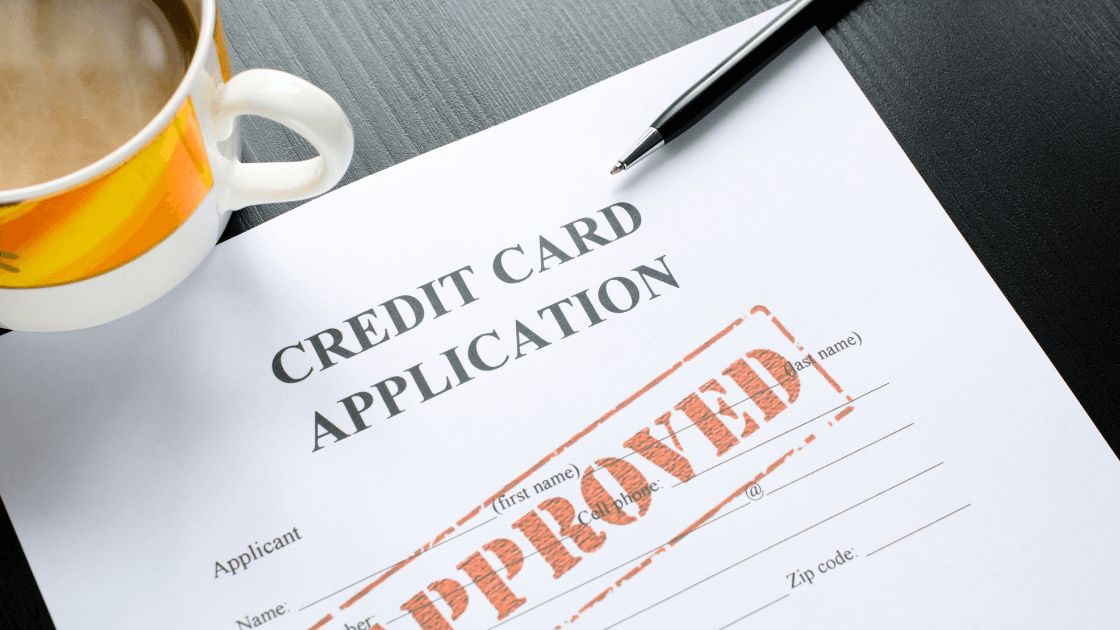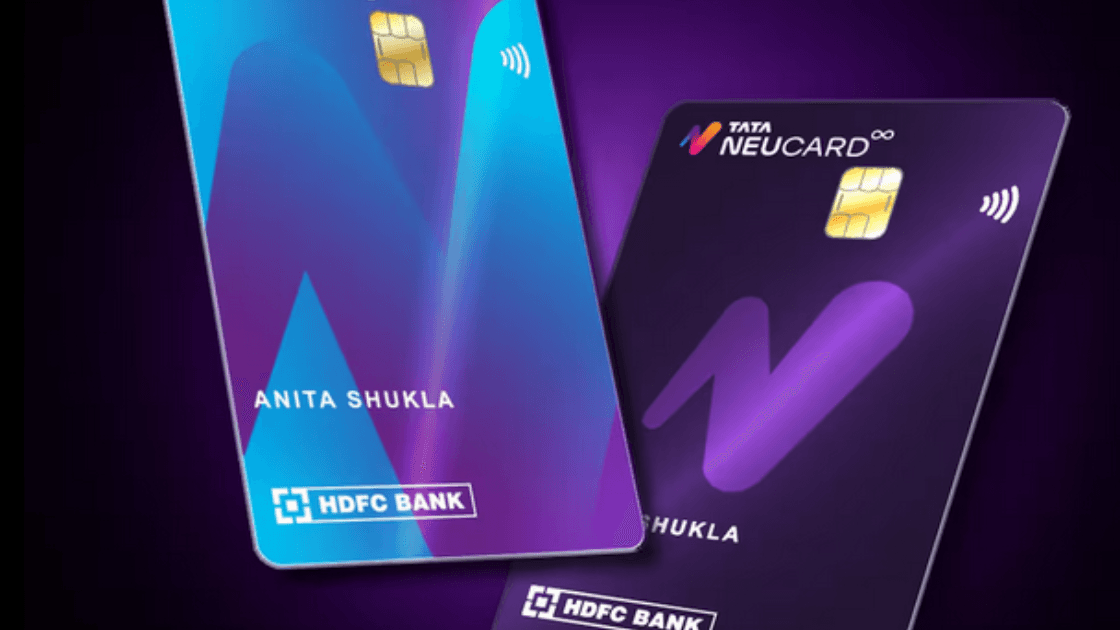
Cards
•04 min read

Imagine facing an emergency where cash is needed quickly, but your bank account doesn’t have enough funds. In such moments, a credit card cash advance might seem like a lifesaver. However, it is important to understand the key tips and risks associated with using your credit card for a cash advance so that you can manage its impacts effectively.
A credit card cash advance is essentially a short-term loan provided by your credit card issuer. This service allows you to withdraw cash from an ATM, bank branch, or sometimes through convenience checks. Unlike everyday purchases on your credit card, cash advances begin accruing interest immediately and typically incur higher fees. Using the Tata Neu HDFC Bank Credit Card can simplify your cash advance process while offering exclusive benefits, subject to applicable terms and conditions.
The process is straightforward. Whether you are at an ATM or a bank branch, you use your credit card and enter your PIN to access funds. The amount you can withdraw is subject to a cash advance limit set by your issuer, which is usually lower than your overall credit limit. This limit is determined by several factors, including your credit history and the specific policies of your credit card.
Cash advances are generally used in emergencies or in situations where immediate cash is necessary, such as during travel or unexpected expenses. While they offer quick access to cash, these advances should not be used for regular expenses because of the high costs involved.
One of the most important aspects to be aware of is that interest on cash advances starts accruing immediately after the transaction. This means there is no grace period, and even if you repay the advance quickly, interest charges will apply from day one. According to RBI guidelines, interest on cash advances begins accruing immediately.
In addition to interest, cash advances come with fee structures that often include a percentage of the amount withdrawn, combined with a minimum charge. Utilizing tools like a Credit Card cash withdrawal charges Calculator can help you estimate what you might owe, as fees can vary based on the amount withdrawn.
Another risk associated with cash advances is the potential impact on your credit score. Taking out a cash advance increases your credit utilization ratio, which can lower your score if not managed properly. It’s advisable to keep your utilization ratio as low as possible by repaying the balance quickly.

Your credit card will also have daily limits for cash advances. These limits depend on your card’s terms and can vary widely. It is essential to know your cash advance limit per day before planning a withdrawal, as exceeding these limits can lead to additional restrictions or fees.
Before initiating a cash advance, confirm that you have your credit card’s PIN handy and are aware of your cash advance limit. Reviewing the terms and conditions related to cash advances on your credit card statement or via your issuer’s website is a crucial step to avoid unexpected fees.
Using your credit card for a cash advance at an ATM is simple. First, locate an ATM that supports your card network. Next, insert your credit card and enter your PIN. When prompted, select the "Credit Card" and then "Cash Withdrawal" option. Enter the desired amount, ensuring it is within your limit, and confirm the transaction to receive your cash.
Some issuers offer the convenience of online cash advances. You may be able to log into your online account or mobile app, choose the cash advance option, and verify the transaction details, including applicable fees and limits. Even though this method is convenient, always double-check the fees and terms before proceeding.
It is important to only withdraw what you truly need. Withdrawing more than necessary not only increases your debt but also means you will pay interest on a larger amount. Furthermore, prompt repayment is essential to minimize the interest burden. Always plan ahead and stick to your repayment schedule.
Personal loans are often considered a better alternative to cash advances due to their lower interest rates and flexible repayment periods. They provide a more structured and less expensive means of borrowing money in times of need.
Linking a savings account to your checking account can sometimes provide overdraft protection, which can be a cost-effective solution compared to the high fees of a cash advance.
-ed507771-df04-4fb3-9af5-bae11cb611a6.png&w=3840&q=75)
While not an option for everyone, borrowing from someone you trust can help bridge financial gaps without the high costs associated with cash advances. However, this option requires clear communication and mutual understanding of repayment terms.
The best strategy, however, is to create and maintain an emergency fund that can help you cover unexpected expenses. This proactive approach can reduce your need to rely on high-cost borrowing options like cash advances.
To keep interest costs to a minimum, it is advisable to repay the cash advance as quickly as possible. Quick repayment reduces the amount of interest that accrues on your outstanding balance and helps maintain your credit health.
Regularly monitor your credit utilization ratio and try to keep it below 30%. This practice helps maintain a healthy credit score, even if you must occasionally use cash advances during urgent situations.
Taking the time to read the fine print on your credit card’s terms and conditions can save you from costly surprises. Verify the fees, limits, and repayment requirements before opting for a cash advance.
Cash advances should be a rarity, not a routine expense. Frequent use can lead to long-term financial strain and make it harder to manage your debt, disrupting your overall financial wellbeing.
Being informed about your financial products is key. Regularly reviewing your statements and understanding all imposed fees helps you make smarter financial decisions that are right for your lifestyle.
In summary, while using a credit card for a cash advance can offer quick access to necessary funds, it comes with significant responsibilities. The immediate accrual of interest, additional fees, and the potential adverse impact on your credit score all contribute to a higher cost of borrowing. By following the guidelines above, you can harness the flexibility of cash advances in emergencies without letting them adversely impact your financial health.